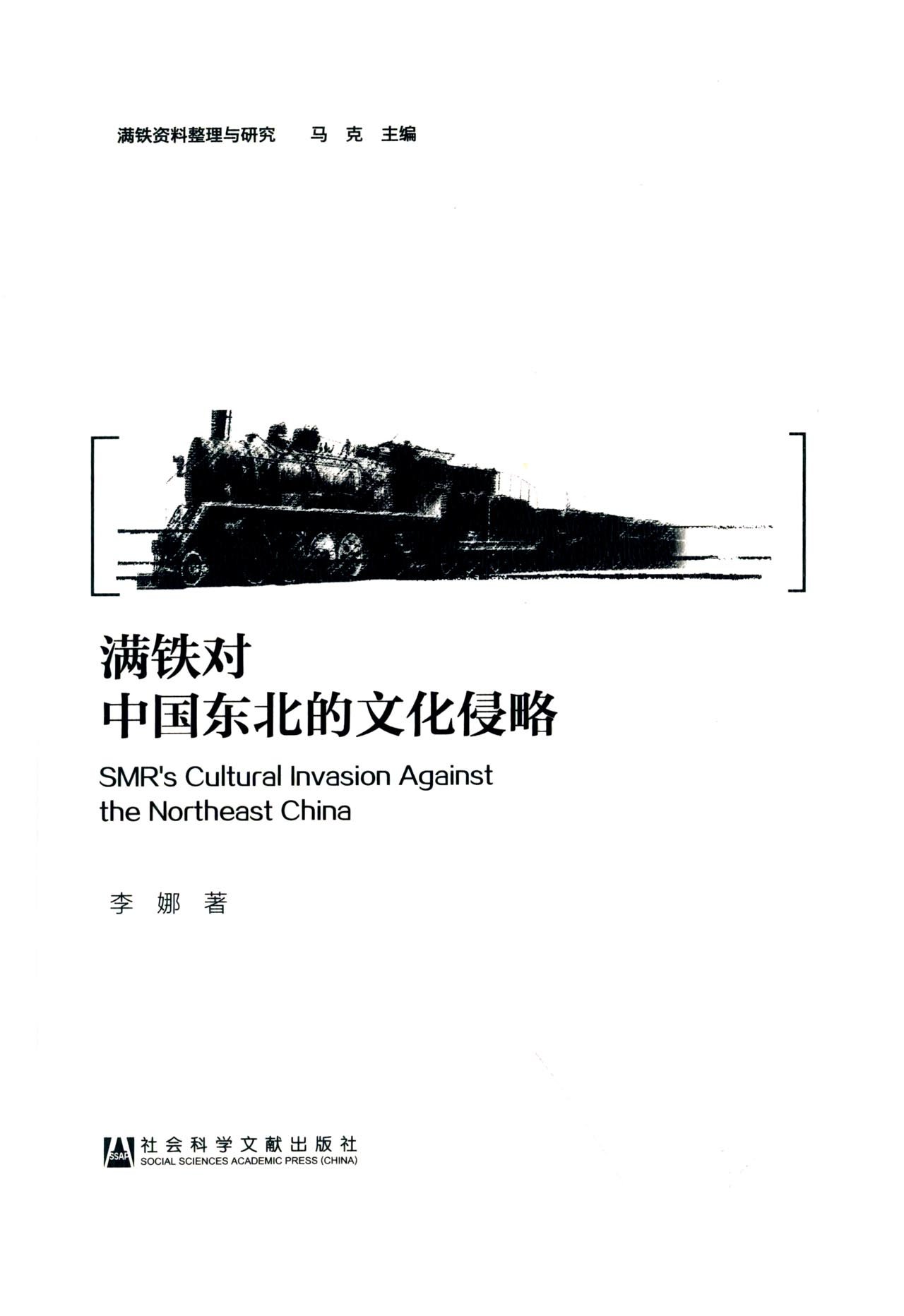SMR’s cultural invasion left permanent scars

SMR’s Cultural Invasion of Northeast China
Author: Li Na
Publisher: Social Sciences Academic Press (China)
On the surface, the South Manchuria Railway Company (SMR) was a corporation, but in essence it was Japan’s colonial aggression made manifest, with comprehensive and multi-faceted aggressive missions. Among them was implementing a cultural invasion in parallel with political and economic aggression, which served as an important element of Japan’s continental policy.
The recently released SMR’s Cultural Invasion of Northeast China by Li Na, an associate research fellow at the Institute of Japanese Studies at the Jilin Academy of Social Sciences, focuses on the core concept of cultural invasion and systematically examines the establishment of the SMR and major institutional reforms.
It details the means, activities, and characteristics of the SMR’s cultural aggression in Northeast China, which in one way proves its objective existence while demonstrating its role in Japan’s overall policies toward China and the long-term damage it caused.
It points out that the formation of cultural aggression was a gradual process that was first advocated by a few scholars and then elevated to a national policy.
The book breaks free from the traditional view that military and economic aggression were primary factors, while cultural aggression was secondary. It regards the SMR’s cultural invasion of Northeast China at different times as a whole and carries out an extensive analysis of the process in the historical context of the SMR’s economic and military aggression.
By analyzing individual cases, the book strives to draw a bigger picture and examine the history over a prolonged period of time in order to make breakthroughs in unnoticed and unsolved problems from previous studies. For example, it discusses the SMR’s cultural aggression institutions at length, including the libraries, the media’s aggressive activities, the devastating archaeological activities of Japanese scholars in Northeast China and the looting of cultural heritage, as well as the all-pervasive spread of colonial thinking.
The book applies a great amount of first-hand materials on the SMR and original Japanese texts, which would be beneficial to further in-depth studies in the future.

 PRINT
PRINT CLOSE
CLOSE